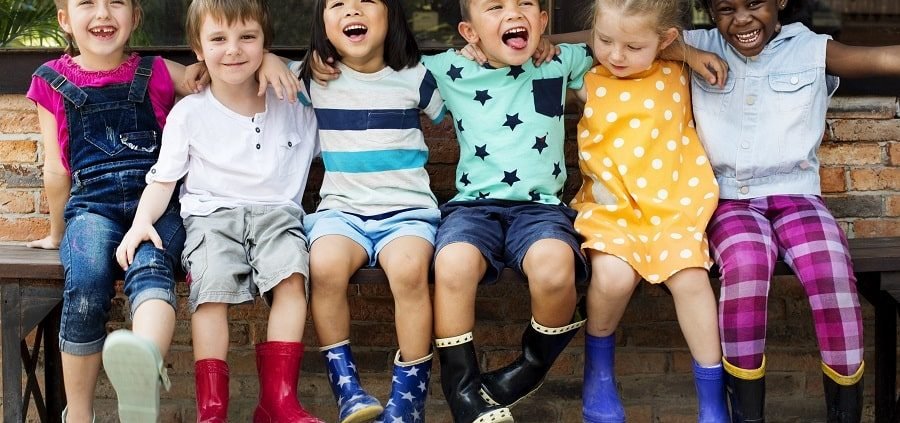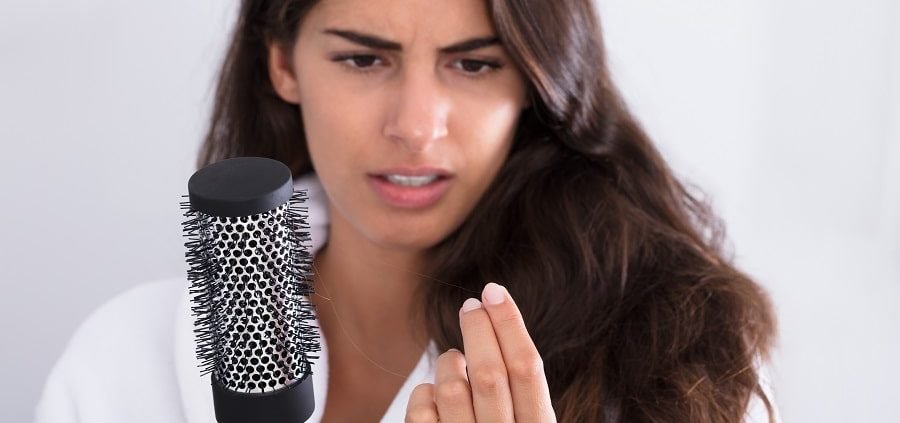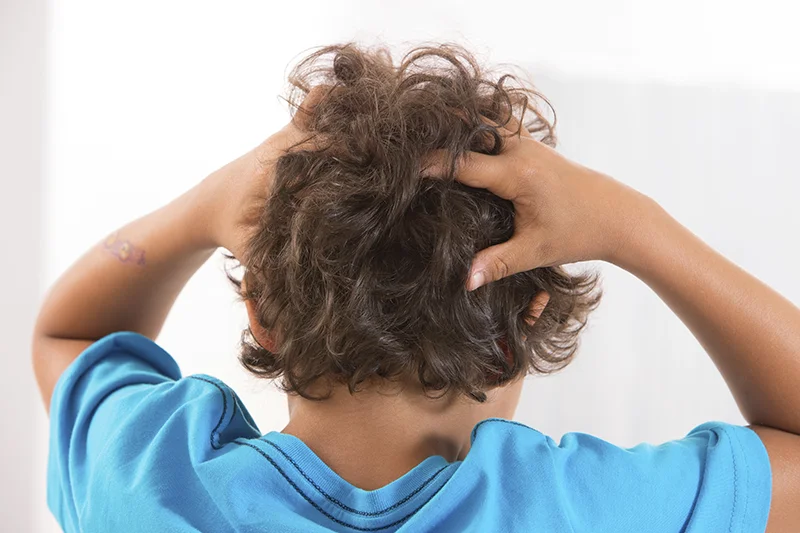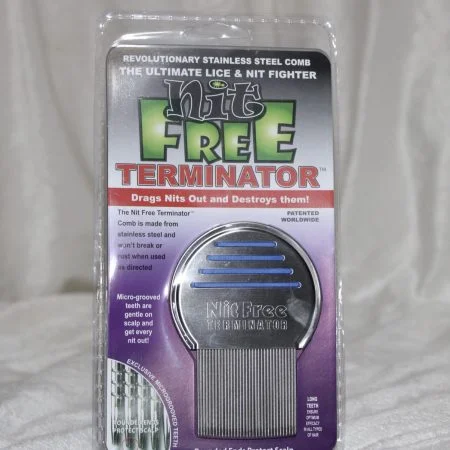How Long Does It Take to Catch Head Lice?
Your child may have lice–now what? If you are a parent in a state of panic after discovering that your child was around a classmate or playmate that has lice, you are not alone. We often get calls from stressed-out parents wondering how long it can take for their child to get a case of head lice after being exposed, and what the process of checking for head lice involves.
Immediate Diagnosis
Contracting a case of lice can occur immediately after your child is exposed to them. If your child has their head in contact with (or near) someone with lice, it only takes one live female louse to crawl onto your child’s head to start a lice case. Once you find out that your child has been exposed to someone with an infestation, it is possible for you to catch it early by checking for head lice. If you can spot a live crawling bug, you can identify the case early and get treatment underway.
Diagnosis After Weeks of Onset
While immediately spotting head lice is ideal, in most cases, it takes a few weeks after exposure to accurately identify and diagnose lice on your child’s head. Usually, a louse crawls up the hair strands to reach the scalp. Once on the scalp, it remains there and lays eggs, in which case it will be more difficult to spot immediately.
Female lice are capable of laying six to ten eggs a day over a period of a month. This means that within a few weeks, your child can potentially have over 100 eggs in their hair. So, while it is essential to keep routinely checking for head lice, keep in mind that without the proper tools, lighting, and experience the average untrained individual may have difficulty spotting them until they become advanced.
Professional Head Lice Removal in Jacksonville, Orlando, and Savannah
Contacting a reputable lice service can help you diagnose, treat, or prevent a full-blown lice infestation. At Fresh Heads, our professional technicians are experts at checking for head lice. We have locations in Jacksonville and Orlando, FL, as well as Savannah, GA.
We can identify eggs or lice at any stage of infestation and get your child the treatment they need at an affordable price. We stop lice in their tracks using a completely safe, FDA cleared medical device, so that we can help your child return to life as healthy as quickly as possible. To learn more about our list of services and featured products, contact us today!












